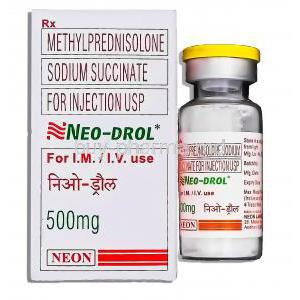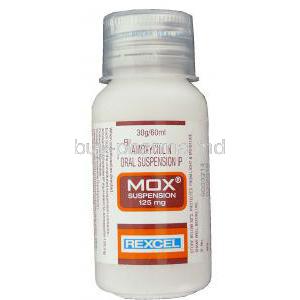Hydrocortisone Injection
- 1. Introduction
- 2. Hydrocortisone injection uses
- Primary Medical Uses
- Treatment of Inflammatory Conditions
- Allergic Reactions and Anaphylaxis Management
- Treatment of Adrenal Insufficiency (Addison's Disease)
- Management of Severe Asthma Attacks
- Off-Label Uses
- Use in Septic Shock
- Treatment of Autoimmune Diseases
- Management of Cerebral Edema
- Role in Cancer Therapy Support
- Use in COVID-19 Treatment Protocols
- 3. How Hydrocortisone Injection Works
- 4. Dosage and Administration of Hydrocortisone Injection
- 5. Composition of Hydrocortisone Injection
- 6. Hydrocortisone injection side effects
- 7. Interaction with Other Medications
- 8. Contraindications and Warnings
- 9. Special Considerations in Administration
- 10. Careful Administration and Important Precautions
- 11. Overdose of Hydrocortisone Injection
- 12. Storage and Handling Precautions
1. Introduction
Overview of Hydrocortisone Injection
Hydrocortisone Injection is a corticosteroid commonly utilized for its inflammatory and immune system suppressant characteristics. It is formulated to imitate cortisol,a hormone naturally found in the body that plays a role in bodily functions. Hydrocortisone is frequently given in situations where quick intervention is necessary to address issues like allergic reactions or adrenal insufficiency.
Importance of Hydrocortisone in Medical Treatments
The role of Hydrocortisone in modern medicine cannot be overstated. Its ability to modulate the immune system, reduce inflammation, and correct hormonal imbalances has made it indispensable. Whether treating acute flare-ups of chronic diseases or life-threatening emergencies, Hydrocortisone is a cornerstone in therapeutic protocols.
Brief History and Development of Hydrocortisone Injections
Hydrocortisone was initially created in the twentieth century as a man-made form of cortisol hormone production in the body. Versions enabled more precise administration during critical medical emergencies and significantly transformed the management of various ailments related to inflammation or immune responses.
2. Hydrocortisone injection uses
Primary Medical Uses
Treatment of Inflammatory Conditions
Inflammatory conditions, like arthritis and lupus, along with skin conditions, frequently need systemic corticosteroid treatment interventions for treatment management purposes due to the effectiveness of hydrocortisone in reducing inflammation.
Allergic Reactions and Anaphylaxis Management
Hydrocortisone Injection is crucial for treating reactions like anaphylaxis. It quickly reduces swelling and stabilizes blood pressure while counteracting the serious effects of histamine release.
Treatment of Adrenal Insufficiency (Addison's Disease)
Individuals diagnosed with Addison's disease experience a lack of cortisol production in their bodies. Administering Hydrocortisone Injections is vital for replacing the hormones needed to support metabolic and immune functions in the body.
Management of Severe Asthma Attacks
During asthma episodes that do not respond to treatment enough and cause breathing difficulties, a Hydrocortisone Injection may be administered to alleviate airway inflammation, thereby enhancing respiration and averting respiratory collapse.
Off-Label Uses
Hydrocortisone injections have also been utilized for purposes in medical practice due to their versatility.
Use in Septic Shock
In patients who are severely ill, with septic shock, and do not respond to treatments adequately, stabilizing blood pressure and reducing inflammation systemically, using Hydrocortisone could be considered as an option.
Treatment of Autoimmune Diseases
Sometimes hydrocortisone treats conditions by suppressing immune reactions and minimizing resulting tissue harm.
Management of Cerebral Edema
When dealing with brain injuries or significant brain swelling, situations arise where Hydrocortisone is used to address cerebral edema and mitigate risks of complications, like brain herniation.
Role in Cancer Therapy Support
Hydrocortisone can be combined with chemotherapy to help decrease inflammation and address side effects in cancer patients for alleviating symptoms.
Use in COVID-19 Treatment Protocols
Amid the period when the coronavirus was spreading widely across the globe and causing significant health concerns for many people around the world, doctors reviewed corticosteroids such as Hydrocortisone to study how they could help decrease the exaggerated inflammatory reaction observed in severe instances of the illness. This resulted in positive results that indicated a potential improvement in saving lives.
3. How Hydrocortisone Injection Works
Mechanism of Action
Hydrocortisone functions by attaching to receptors and changing the behavior of genes related to inflammation and the system response mechanism. This results in a decrease, in inflammatory cytokines and the activity of immune cells.
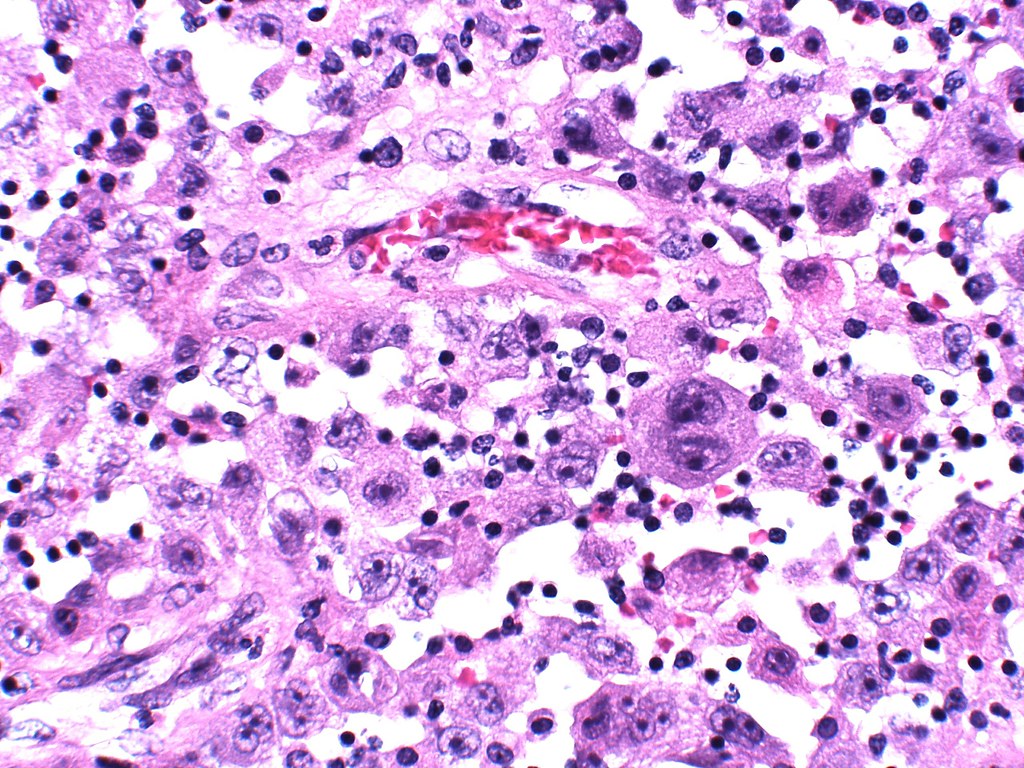
Anti-inflammatory and Immunosuppressive Effects
Hydrocortisone's strong anti-inflammatory properties help decrease swelling and alleviate redness and pain caused by issues while also moderating reactions to prevent overreactions.
Impact on the Adrenal Glands and Cortisol Levels
By boosting cortisol levels in the body system, Hydrocortisone aids in restoring equilibrium to performance for individuals dealing with adrenal insufficiency.
Onset of Action and Duration
Hydrocortisone works fast. Its effects can be seen within a few hours of taking it or administering it to the body. The length of time it remains varies based on how much is taken and the method of administration, usually ranging between several hours and a full day.
4. Dosage and Administration of Hydrocortisone Injection
Hydrocortisone injection dose
When dealing with illnesses or issues of urgency, the typical amounts used range between 100 mg and 500 mg; the dosage varies based on the seriousness of the condition under treatment.
Dosage Adjustments for Special Populations
Elderly Patients
Elderly individuals may require dosage adjustments because of decreased metabolism and a higher likelihood of experiencing side effects, like osteoporosis.
Children
Children receiving treatment per their weight category in pediatric care settings require monitoring to prevent long-lasting impacts on their growth patterns.
Pregnant and Nursing Women
During pregnancy and breastfeeding periods, it's important to use hydrocortisone with care since it can pass through the barrier and be present in breast milk.
Administration Methods
Intravenous Injection
To achieve rapid and effective impacts on the body's system, Hydrocortisone treatment usually involves administering it intravenously to facilitate its swift entry into the bloodstream and prompt onset of action.
Intramuscular Injection
Administering medication, through injection provides a release, over time and is best suited for situations that do not require immediate action but instead require long lasting effects.
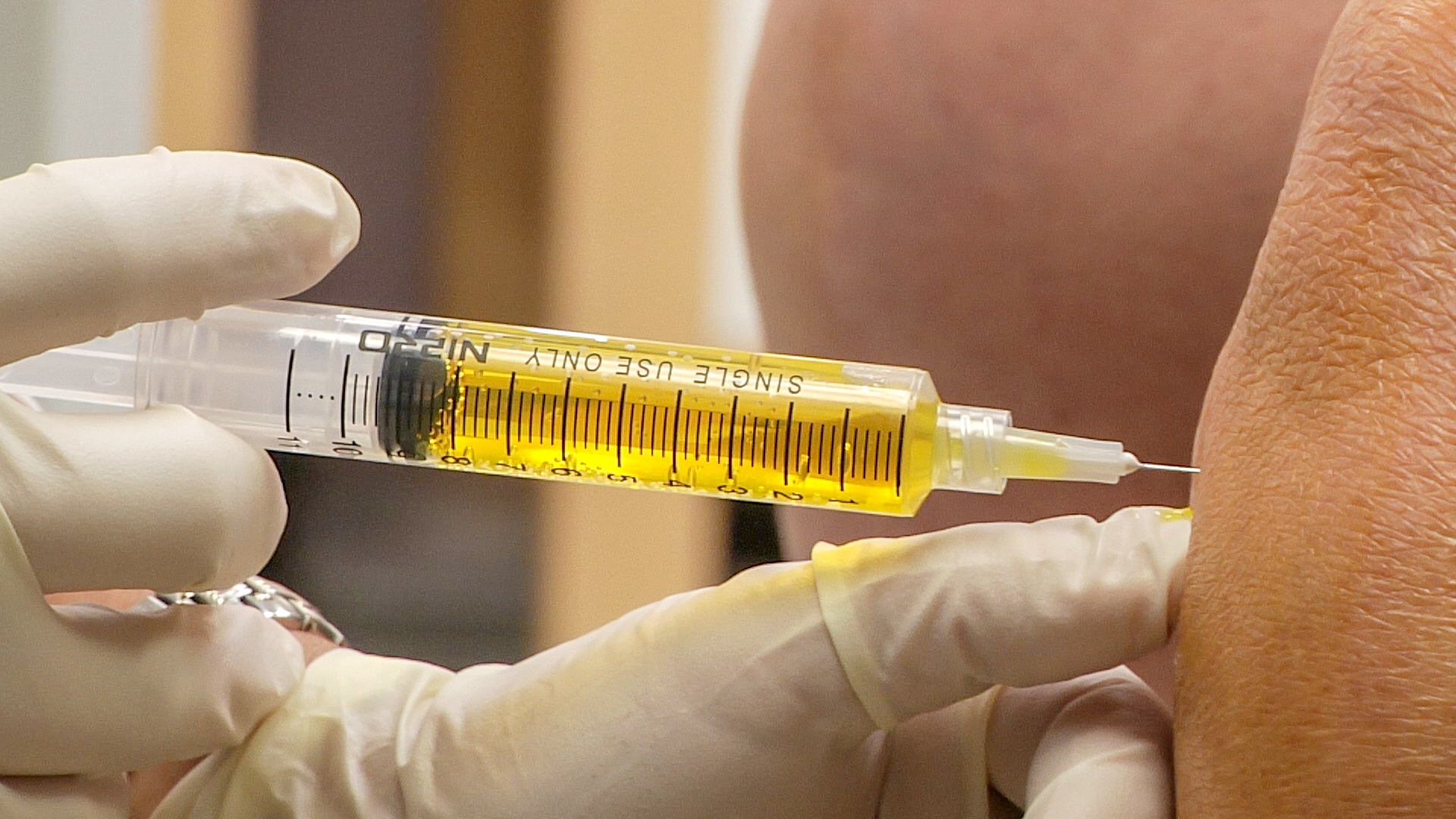
Dosage Frequency and Timing
The frequency of dosage can vary from daily to daily depending upon the individual's condition, with adjustments typically being tailored according to the patient's reaction to the treatment regimen.
Monitoring and Adjustments During Treatment
It's important to check your blood pressure and glucose levels and ensure your electrolyte balance is in check when using medication for a period to prevent any issues from cropping up.
5. Composition of Hydrocortisone Injection
Active Ingredients
The main element responsible for the effect is hydrocortisone sodium succinate.
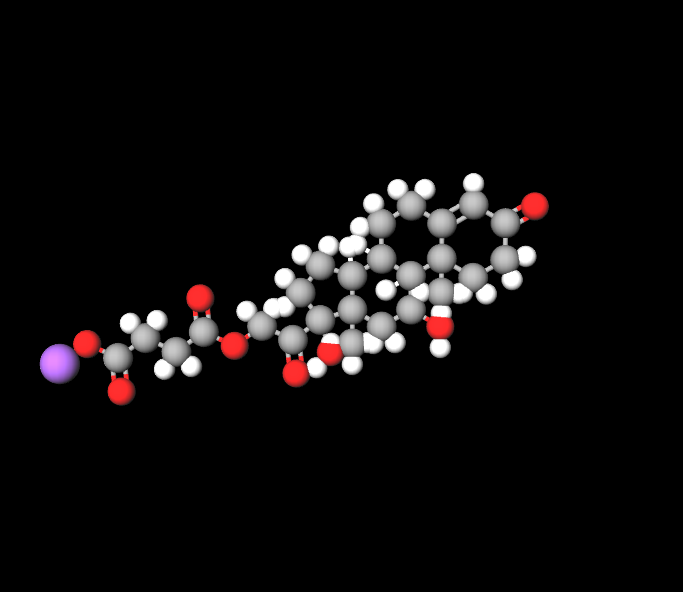
Inactive Ingredients and Additives
The mixture also includes stabilizing agents, like sodium phosphate, to maintain the effectiveness and durability of the solution.
Available Formulations and Concentrations
Hydrocortisone Injection comes in strengths, usually between 100 mg and 500 mg per vial, to allow for dosages according to the patient's medical requirements.
Hydrocortisone acetate
This medicine is prescribed for skin issues, like eczema and rashes, to alleviate the swelling and itchiness caused by these conditions. It's a gentle corticosteroid that helps with redness and inflammation.
Hydrocortisone valerate
This medicine is prescribed for skin issues, like eczema and allergic rashes. Its medium-strength corticosteroid properties lessen swelling and redness typically seen in these conditions and relieve itching symptoms.
Triamcinolone vs hydrocortisone
Triamcinolone acetonide and hydrocortisone are both types of corticosteroids; however, their strengths vary. Triamcinolone is considered a medium—to high-potency steroid, whereas hydrocortisone falls in the medium-to-medium potency range.
Hydrocortisone butyrate
Hydrocortisone butyrate cream is prescribed to alleviate symptoms, like redness and itching, caused by skin issues such as dermatitis and seborrheic dermatitis. This treatment falls under the category of corticosteroids and can only be obtained with a doctor's prescription.
Hydrocortisone vs triamcinolone
Both triamcinolone acetonide and hydrocortisone are types of corticosteroids but vary in strength levels—triamcinolone falls into the medium—to high potency category, while hydrocortisone is considered a medium-to-medium potency steroid.
Desonide vs hydrocortisone
Both drugs are steroids prescribed for skin inflammation, like eczema treatment. Desonide is solely available in skin treatments, while hydrocortisone can be found in forms serving different functions; for instance, rectal suppositories are also used for hemorrhoids treatment.
6. Hydrocortisone injection side effects
Common Side Effects
Skin Reactions at the Injection Site
It's common to experience redness, swelling, or irritation at the injection site. These symptoms are usually mild and go away quickly.
Increased Blood Sugar Levels
Hydrocortisone might lead to blood sugar levels in individuals with diabetes, who require close monitoring of their glucose levels.
Elevated Blood Pressure
Using Hydrocortisone for a period may cause blood pressure in people who are already prone to hypertension.
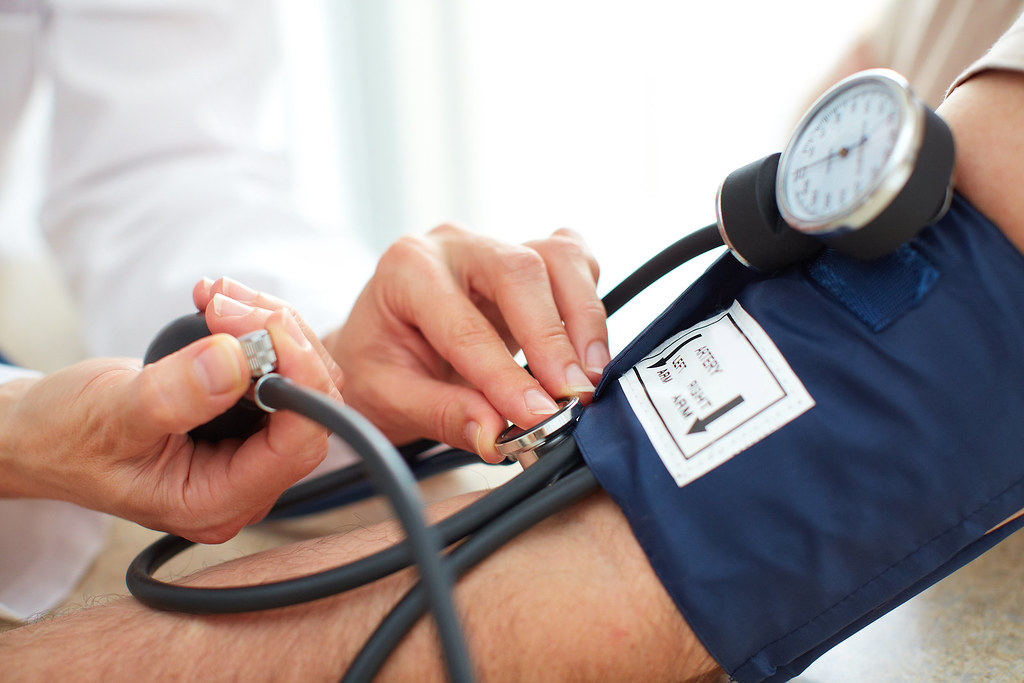
Fluid Retention and Swelling
Side effects, such as edema, may occur as a result of corticosteroids' sodium-preserving characteristics. This can lead to bloating and discomfort.
Mood Changes and Irritability
Some individuals might experience mood changes or irritability as a result of Hydrocortisone affecting hormone balance.
Rare and Serious Side Effects
Risk of Infections
Due to its ability to weaken the system's response, Hydrocortisone can elevate the likelihood of infections among individuals with compromised immune systems.
Osteoporosis and Bone Fractures
Prolonged use of Hydrocortisone may result in decreased bone density, which can raise the chances of fractures among the population.
Peptic Ulcer Disease
Hydrocortisone might heighten the chances of issues such as ulcers for individuals with a previous record of stomach troubles.
Cardiovascular Complications
Individuals who are at risk of heart-related problems, like arrhythmias or heart failure, may face heightened concerns when using medications over some time.
Vision Problems and Glaucoma
Extended usage could result in issues with eyesight, such as cataracts or a higher chance of developing glaucoma, necessitating frequent eye checkups.
7. Interaction with Other Medications
Medications that Increase Hydrocortisone Effects
Antifungal Agents
Medications such, as ketoconazole have the potential to raise levels by slowing down its breakdown process which could result in toxicity concerns.
Antibiotics (e.g., Erythromycin)
Some antibiotics, like erythromycin can boost the impact of Hydrocortisone by slowing down its breakdown, in the liver.
Medications that Decrease Hydrocortisone Effects
Barbiturates
Barbiturates are commonly utilized to manage seizures. They have the potential to speed up the breakdown of Hydrocortisone in the body, which could decrease its effectiveness.
Anticonvulsants
Phenytoin and similar medications could reduce the effectiveness of Hydrocortisone by activating liver enzymes that break it down.
Interaction with Vaccines
People who are given Hydrocortisone might have their immune systems react effectively to vaccines, possibly affecting how well the vaccines work.
Interaction with Herbal Supplements
Natural remedies such as St Johns's Wort may impact the way Hydrocortisone is processed in the body and require attention when taken together with corticosteroids.
8. Contraindications and Warnings
Absolute Contraindications
Some patients may not be candidates for receiving an injection, as there are specific absolute contraindications that must be followed diligently in clinical settings to guarantee the patient's safety.
Known Allergies to Hydrocortisone or Other Corticosteroids
Patients who have shown hypersensitivity to other corticosteroids should steer clear of the injection due to allergic reactions that can vary in severity—from mild skin rashes to severe anaphylaxis; therefore, conducting a thorough allergy history check before administering the medication becomes crucial.
Systemic Fungal Infections
Patients with fungal infections should avoid receiving hydrocortisone injections, as this can worsen the infection due to the immunosuppressive effects of corticosteroids and result in serious complications; it is advisable to finish antifungal treatment before contemplating the use of hydrocortisone medication.
Relative Contraindications
When dealing with treatment it is essential to pay attention to relative contraindications as they may not be absolute and need careful monitoring.
Uncontrolled Diabetes
Hydrocortisone has the potential to increase blood sugar levels, which could be risky for individuals with diabetes conditions. It is crucial to ensure control prior to starting treatment and to monitor blood sugar levels closely throughout the therapy process.
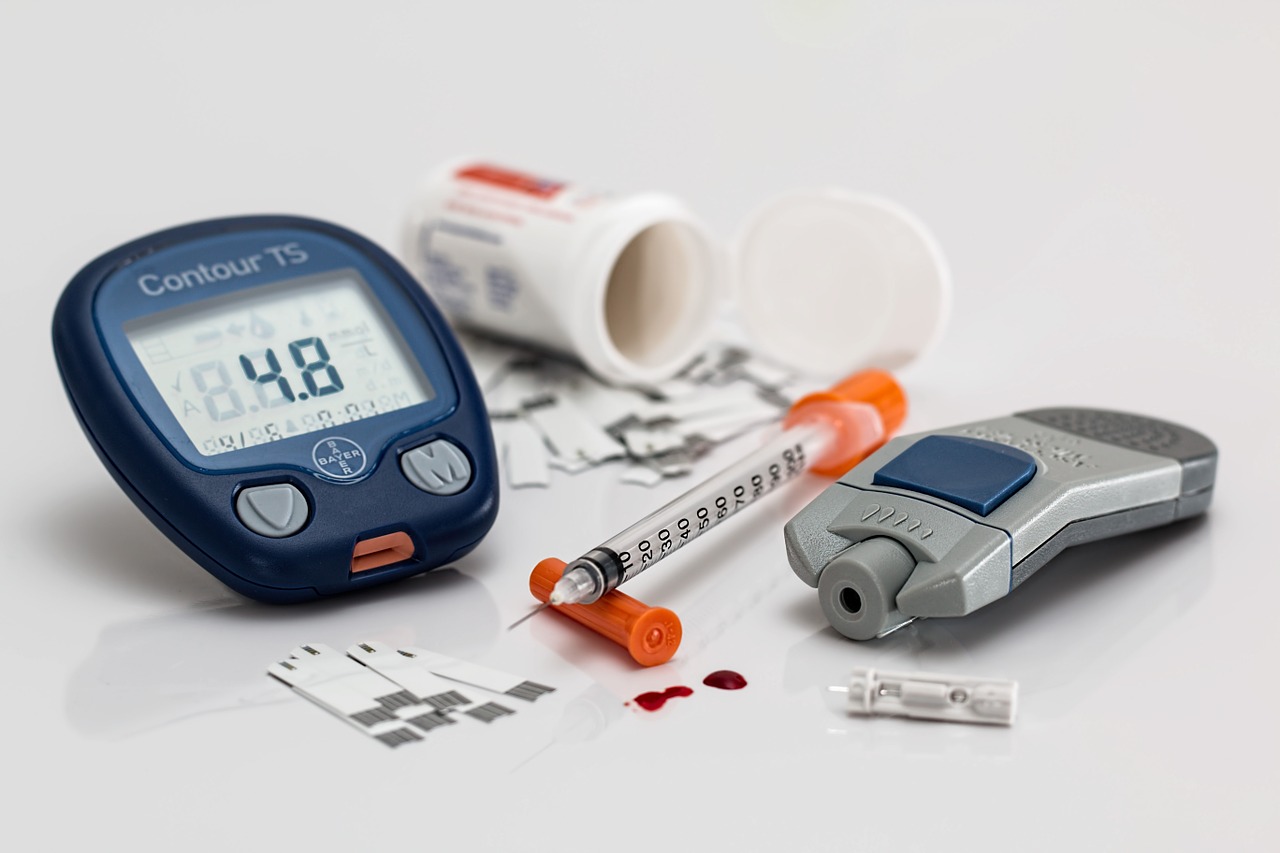
Uncontrolled Hypertension
Patients who have blood pressure that's not well controlled may face worsening symptoms because of the fluid-retaining properties of hydrocortisone medication. It is important to keep blood pressure stable and regularly monitor it to prevent episodes of blood pressure.
Important Warnings
Risk of Adrenal Suppression
Prolonged use of hydrocortisone can reduce gland activity and result in lower cortisol levels, which can be dangerous if corticosteroid treatment is stopped suddenly without tapering off slowly to give the adrenal glands time to recover.
Long-term Use Considerations
Extended use of hydrocortisone can result in issues such as osteoporosis, clouding of the eye lens (cataracts), and muscle loss (wasting). Individuals receiving this treatment for a period should have bone density tests and eye checkups to detect any possible adverse effects at an early stage.
Immunosuppressive Effects
Hydrocortisone acts as an immunosuppressant that can heighten the risk of infections caused by pathogens for individuals undergoing extended or high-dose treatment regimens. Patients receiving therapy should undergo monitoring for any indications of infection and may need to consider getting vaccinations to bolster their immune defenses.
9. Special Considerations in Administration
Administration to Elderly Patients
Adjustments in dosage, are frequently necessary for patients because of alterations in metabolism and a higher likelihood of experiencing side effects.
Dose Adjustments for Reduced Metabolism
As people age, their liver and kidney functions decline, which slows down how drugs are broken down and removed in the body. This is why doctors usually suggest amounts of hydrocortisone for patients to prevent the build-up of drugs and potential harm.
Increased Risk of Osteoporosis
Due to prolonged usage, elderly individuals face an increased chance of osteoporosis development. It's advisable to consider taking steps, like incorporating calcium and vitamin D supplements, to help reduce bone density decline.
Administration to Pregnant Women and Nursing Mothers
Safety in Pregnancy: FDA Category C Classification
Hydrocortisone is categorized as a Class C medication by the FDA, which suggests that there may be risks to the fetus that cannot be disregarded entirely or ruled out during pregnancy. It is recommended to use it when the advantages are greater than the potential risks and to utilize the minimum effective dosage possible.
Transfer to Breast Milk and Potential Effects on Infants
Hydrocortisone can enter breast milk and have an impact on nursing infants; therefore, breastfeeding mothers need to be observed, and other feeding options may be suggested if the mother's health requires the use of the medication.
Administration to Children
Effects on Growth and Development
Hydrocortisone and other corticosteroids may impact children's growth over time. It's important to monitor patients regularly to ensure they are reaching their growth milestones appropriately.
Monitoring Growth Rates in Long-term Use
It's important to keep an eye on the height and weight of children who are taking hydrocortisone regularly because the medication can affect growth and adjustments to the dosage might be required to prevent this issue.
10. Careful Administration and Important Precautions
Monitoring for Signs of Adrenal Insufficiency
Patients receiving treatment should be closely observed for indications of insufficiency when experiencing physical stress or illness to avoid complications, like fatigue and dizziness alongside low blood pressure that may require adjustments in dosage levels.
Avoiding Abrupt Discontinuation
Stopping hydrocortisone suddenly can cause a crisis, which can be life-threatening. Gradually reducing the dosage gives the glands a chance to recover their function and helps avoid withdrawal symptoms to keep the patient safe.
Use of Hydrocortisone in Immunocompromised Patients
For people with weakened systems, it's important to be careful when using hydrocortisone. Although it can reduce inflammation it may also raise the chance of infections. Taking steps like using antifungal drugs could be necessary.
Patient Education on Long-term Use Risks
Patients who are given hydrocortisone for a period should be informed about the risks linked to prolonged usage to help them make informed decisions about their health and well-being. Knowing about side effects like weight gain, mood changes, and bone density reduction enables patients to actively participate in their healthcare journey.
Lifestyle Modifications for Managing Side Effects
Patients can make changes to their lifestyle to reduce some of the side effects of using treatment, such as adjusting their diet and exercising regularly while also managing stress levels, which could lessen the likelihood of weight gain and mood swings as well as lower cardiovascular risks linked to corticosteroid consumption.
11. Overdose of Hydrocortisone Injection
Symptoms of Overdose
Severe Hyperglycemia
Taking hydrocortisone can cause significant high blood sugar levels in individuals with diabetes or insulin resistance and result in symptoms like increased thirst and urination as well as confusion; therefore, it is essential to regularly check blood sugar levels in such situations.
Hypertension Crisis
Taking hydrocortisone can lead to a rapid rise in blood pressure that can trigger hypertensive crises and lead to symptoms such as headaches or chest pain and even cause vision problems. Seek attention to lower blood pressure and prevent serious issues like stroke or heart attack.
Increased Risk of Infections
Excessive medication consumption can also compromise the body's defenses against illnesses and increase susceptibility to infections. Patients might experience symptoms like fever and chills as indications of an infection. Swift medical attention is crucial to address and reduce this threat to health.
Emergency Management of Hydrocortisone Overdose
Supportive Care and Monitoring
In situations where there is an overdose of medication, urgent supportive treatment is necessary. The patient may need fluids, electrolytes and additional support to help them stabilize. It's important to monitor the patient's signs and blood sugar levels to avoid any additional problems.
Adjustments to Corticosteroid Therapy
After an overdose incident occurs with the therapy involved, it is crucial to tune the dosage levels. The medical team may suggest reduced doses. Craft a treatment strategy to prevent any future risks of overdosing.
12. Storage and Handling Precautions
Recommended Storage Conditions
Storing the injection correctly is essential to ensure it works properly. The medication should be stored at a room temperature of around 20°C to 25°C. Extreme temperature exposure can weaken its effectiveness.
Temperature Requirements
Never freeze or expose hydrocortisone to heat, as storing it in controlled temperatures will help maintain its effectiveness over time.
Protection from Light and Moisture
Keep hydrocortisone away from light and moisture by storing it in its packaging to prevent degradation due to factors such as light and moisture. Remember to seal the vial tightly after each use.
Shelf Life and Expiry Considerations
Make sure to check the expiry date on vials before using them for treatment, as expired medication may not work effectively and could result in less-than-optimal outcomes for patients. Remember to dispose of any expired vials following proper medical waste disposal protocols.
Handling Precautions for Healthcare Providers
Safe Disposal of Needles and Syringes
Following the administration of medication to patients, it is crucial for healthcare professionals to properly dispose of needles and syringes in designated sharps containers to prevent the heightened risk of needle stick injuries and the potential spread of infectious diseases.
Avoiding Contamination
Improper handling during the process of preparing or giving hydrocortisone can affect the purity of the medication and result in infections for patients. Safety measures, like wearing gloves and using alcohol wipes, are essential to prevent this risk.
Hydrocortisone Injection FAQ
- How long does hydrocortisone cream take to work?
- How long does hydrocortisone cream take to work for itching?
- How to use hydrocortisone cream for hemorrhoids?
- How do you apply hydrocortisone cream to eyelids?
- How to apply hydrocortisone cream on foreskin?
- How fast does hydrocortisone work?
- What if my dog licks hydrocortisone cream?
- How long for hydrocortisone to work?
- Why does hydrocortisone cream burn?
- What is stress dose hydrocortisone?
- How long does it take hydrocortisone to work?
- How long can you use hydrocortisone cream?
- How long does hydrocortisone stay in your system?
- How often to apply hydrocortisone cream?
- How long does it take for hydrocortisone cream to work?
- How long does hydrocortisone cream take to absorb?
- What does hydrocortisone do for hemorrhoids?
- How long is hydrocortisone good for after expiration?
- triamcinolone vs hydrocortisone which is stronger?
- What are the functions of cortisol (hydrocortisone)?
- How does hydrocortisone help hemorrhoids?
- What is neomycin and polymyxin b sulfates and hydrocortisone otic solution used for?
- What is clotrimazole and hydrocortisone cream used for?
How long does hydrocortisone cream take to work?
When dealing with pimples and zits, hydrocortisone can begin to show results in 12 to 36 hours. On the other hand, rashes, bites, and eczema might take around 2 to 3 days before you notice any changes after using steroid creams.
How long does hydrocortisone cream take to work for itching?
Your skin should show improvement after a few days of using cream or ointment purchased over the counter or at a store.If you continue to experience symptoms beyond a week or notice any worsening of your skin condition at any point, don't hesitate to consult your doctor for guidance.
How to use hydrocortisone cream for hemorrhoids?
Apply an amount of cream to the end of the applicator tip before inserting it into the anal area, ensuring it reaches the affected areas while pressing the tube slowly to dispense the cream evenly without inserting it too deep into the anus or rectum.
How do you apply hydrocortisone cream to eyelids?
Avoid applying hydrocortisone near your eyes or on your eyelids. Remember that it is safe to get vaccinations while using skin treatments! Just make sure to inform the doctor or nurse about your usage so they can administer the vaccine to an area of your skin.
How to apply hydrocortisone cream on foreskin?
Rub the cream gently onto the foreskin. Massage it slowly until it is entirely absorbed into the skin tissue of the foreskin area. Be cautious while attempting to retract your foreskin; pause if you experience any discomfort or pain. Once your penis tip is exposed adequately after retracting the foreskin back.
How fast does hydrocortisone work?
Hydrocortisone can begin to show results for pimples and zits in 12 to 36 hours, while it may take around 2 to 3 days to observe the effects of steroid treatments for rashes, bites, and eczema.
What if my dog licks hydrocortisone cream?
Hydrocortisone creams can sometimes upset a dog's stomach and even lead to ulcers or digestive issues like vomiting blood or dark stools when ingested orally. However, they are generally considered safe for topical use to alleviate dry skin and itching.
How long for hydrocortisone to work?
When dealing with pimples and zits, hydrocortisone might show results in 12 to 36 hours. While for rashes, bites, and eczema, it could take around 2 to 3 days to notice the effects of steroid treatments.
Why does hydrocortisone cream burn?
Like most topical treatments, hydrocortisone cream may sometimes lead to a burning sensation and irritation upon application. Such reactions are generally mild and frequent. Moreover, other components within the cream—not the hydrocortisone itself—can sometimes be the culprits behind these effects.
What is stress dose hydrocortisone?
The amount of hydrocortisone injected mirrors the dose administered at the beginning of surgery.
How long does it take hydrocortisone to work?
When dealing with pimples and zits hydrocortisone may begin to show results in 12 to 36 hours. However for rashes, bites and eczema steroid treatments might take around 2 to 3 days to take effect.
How long can you use hydrocortisone cream?
At times, you might only have to apply skin remedies for a period of time—say a day or less—for issues like insect bites and stings, diaper rash, and skin irritation caused by contact with certain substances or materials. If you purchase cream over the counter at a pharmacy or store, don't use it beyond a week without consulting your doctor for these conditions mentioned above.
How long does hydrocortisone stay in your system?
When ingested by mouth, it typically remains in the system for 6 hours. Upon swallowing the pill, it generally reaches its peak concentration within one to two hours before declining over the following hours, depending on an individual's metabolism rate.
How often to apply hydrocortisone cream?
Hydrocortisone cream is typically applied once to four times daily for skin issues and should be used daily as directed on the prescription label or product instructions; if any part is unclear, seek clarification and guidance by consulting your doctor or pharmacist.
How long does it take for hydrocortisone cream to work?
When dealing with pimples and zits, hydrocortisone can show results in 12 to 36 hours. For rashes, insect bites, or eczema, it might take 2 to 3 days for the effects of steroid treatments to become noticeable.
How long does hydrocortisone cream take to absorb?
Remember to keep applying moisturizers to your skin while using steroids for treatment. Doctors advise waiting 15 minutes between putting on a topical steroid and applying the moisturizer to ensure proper absorption of the steroid.
What does hydrocortisone do for hemorrhoids?
It is a corticosteroid that helps reduce inflammation and alleviate itching and discomfort from skin irritations or hemorrhoids. Its applications may extend beyond this use case scenario – feel free to consult your healthcare professional or pharmacist for clarification if needed.
How long is hydrocortisone good for after expiration?
When the hydrocortisone cream has expired beyond its two-year shelf life period, ensure that it is inspected before usage for any smell or color change and opt for products whenever feasible.
triamcinolone vs hydrocortisone which is stronger?
Triamcinolone is considered a steroid, whereas hydrocortisone falls in the mild to moderate potency range for steroids used in treatments. Lower concentrations of hydrocortisone can be purchased without a prescription, unlike triamcinolone, which requires a doctor's prescription. Hydrocortisone is suitable for application over skin areas, including the facial skin.
What are the functions of cortisol (hydrocortisone)?
When cortisol is active, the body triggers enzymes related to creating glucose and breaking down glycogen. This works against insulin's effects, reducing cell glucose intake. This helps ensure that glucose is available for the brain, blood cells, and muscles.
How does hydrocortisone help hemorrhoids?
It is also employed to alleviate itching and inflammation caused by hemorrhoids and other rectal issues. Hydrocortisone belongs to a group of medicines known as corticosteroids. It functions by stimulating the bodys substances in the skin to diminish swelling, inflammation and itching.
What is neomycin and polymyxin b sulfates and hydrocortisone otic solution used for?
Neomycin combined with polymyxin B and hydrocortisone in ear drops is commonly employed to address infections in the ear canal and alleviate symptoms of redness and irritation associated with ear issues. It is also used to manage surgical ear infections following procedures like mastoidectomy or fenestration.
What is clotrimazole and hydrocortisone cream used for?
It has two components: clotrimazole and hydrocortisone. Clotrimazole works as an agent to address the source of skin infections. On the other hand, hydrocortisone is a topical steroid that helps alleviate swelling, redness, and itchiness linked to skin inflammation.



























